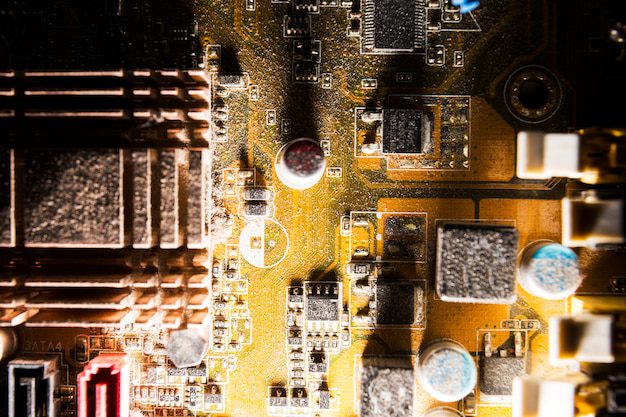Does Electronic Waste Affect Global Warming?
Introduction
Electronic waste, or e-waste, has become a mounting concern in today’s digital age. With technology constantly advancing and electrical devices becoming increasingly affordable and accessible, the volume of electronic waste being generated is reaching alarming levels. As we grapple with the potential environmental consequences of e-waste, one question that often arises is whether it has any effect on global warming. This article aims to explore the relationship between electronic waste and global warming, shedding light on the issue from different angles.
The Impact of E-Waste on the Environment
Electronic waste includes discarded devices such as mobile phones, computers, TVs, and other electrical appliances. The improper disposal or mishandling of this waste can have detrimental effects on the environment. One significant concern is the release of hazardous substances that are present in many electronic devices, including lead, mercury, cadmium, and various flame retardants. When these substances leach into the soil and water, they can contaminate ecosystems, posing risks to human health and wildlife.
Furthermore, the process of manufacturing electronic devices contributes to greenhouse gas emissions. From raw material extraction to production and transportation, each stage of the lifecycle of electronic devices generates carbon dioxide emissions. According to a report by the United Nations University, the global production of electronic devices in 2019 resulted in approximately 98 million metric tons of carbon dioxide equivalent emissions.
E-Waste and Global Warming
While it is true that e-waste does contribute to greenhouse gas emissions, its direct impact on global warming is relatively small when compared to other sectors such as energy, industry, and agriculture. However, this does not diminish the importance of addressing electronic waste management and control. The efficient management of e-waste can significantly reduce its environmental impact, including its contribution to global warming.
One notable aspect to consider is the potential for recycling electronic waste. Recycling reduces the need for raw material extraction and energy-intensive manufacturing processes, resulting in a reduction in greenhouse gas emissions. Encouraging consumers to recycle their electronic devices and implementing effective recycling programs can help mitigate the environmental impact of e-waste.
In the UK, various initiatives and regulations have been put in place to address the e-waste problem. The Waste Electrical and Electronic Equipment (WEEE) Directive, established by the European Union, requires manufacturers to take responsibility for the collection and proper disposal of electronic waste. With the introduction of the WEEE Directive, the UK has seen an increase in the collection and recycling of e-waste. However, more needs to be done to ensure that electronic waste is being managed responsibly and sustainably.
The Importance of Sustainable Consumption and Production
To tackle the issue of e-waste and its potential impact on global warming, a shift towards sustainable consumption and production is crucial. This involves promoting the use of durable and repairable electronic devices, as well as designing products with recyclability in mind. Encouraging manufacturers to adopt more environmentally friendly production processes and materials can significantly reduce the carbon footprint of electronic devices.
Furthermore, consumer behavior plays a vital role in reducing e-waste. By extending the lifespan of electronic devices through proper maintenance and repair, consumers can contribute to a more sustainable approach. Additionally, considering refurbished or second-hand electronics rather than always purchasing new ones can help decrease the demand for new products, thereby reducing the overall amount of e-waste generated.
“Sustainable consumption and production, including proper e-waste management, is not only crucial for tackling global warming but also for safeguarding the planet’s resources,” says Dr. Emma Green, an environmental scientist. “Taking a lifecycle perspective when it comes to electronic devices can lead to significant environmental benefits and promote a circular economy.”
Conclusion
Although electronic waste alone may not be the major driver of global warming, it is undeniable that its improper handling and disposal contribute to environmental degradation and greenhouse gas emissions. The responsible management of e-waste, including recycling initiatives and sustainable production practices, can help mitigate its impact on both the environment and global warming.
As individuals, we can make a difference by recycling our electronic devices, supporting initiatives that promote sustainable consumption, and raising awareness about the importance of proper e-waste management. Governments, businesses, and manufacturers also play a pivotal role in driving positive change by implementing effective regulations, investing in research and development for eco-friendly technologies, and prioritizing sustainable practices throughout the lifecycle of electronic devices. Together, we can work towards a future where electronic waste is minimized, and the impacts of global warming are mitigated for the benefit of present and future generations.



